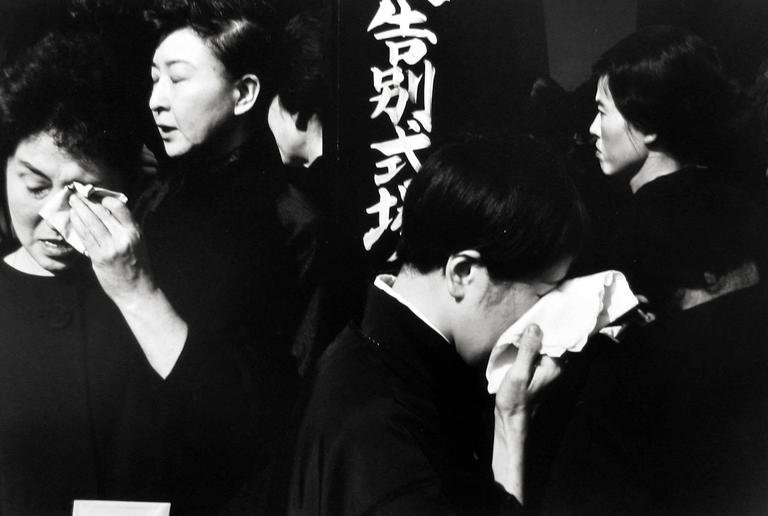Art, intuition and feeling fleeting in moments
The image. What makes a good photograph and how does it make a story out of an axiom of contradicting objects and subjects within a small frame? A good photograph is like a painting, it is the extension of the artist’s mind and body embodied upon the wiz of the instrument.
The instrument presents itself in many forms. For a painting, a brush and a white canvas sets you in place of a comfortable setting where the art works for the painter. In photography, the setting is never comfortable. The subjects are always in motion which present themselves in a chaotic environment.
Visualization is a vision concurred in the creative mind of a photographer, where it manifests itself out of a construct made of being into reality.

Henri Cartier-Bresson. ‘Italy, 1933’
There are three aspects of dimensions in visualization one has to consider.
How does one visualize an image from within to form a creative outlet which is tangible and relevant?
An inherent knowledge about the subject is prescribed and learned before it can be applied in the creative process. One has to have the knowledge of operating the camera; the specifics, processes and the graduated result of quality and precision of the image.
“The single most important component of a camera is the twelve inches behind it.” — Ansel Adams
The camera, however is the medium that allows the photographer to portray the visualization to the viewer, it is up to the photographer to construct the image with a deeper understanding of the subjects and intuition.
Intuition is the feeling of getting to act in the subconscious mind. Rather than thinking but feeling, the photographer is able to project his visualization through one’s perception. The world the photographer sees is in a subconscious state, where subjects are felt and through intricate and dynamic intuition, a social construct is formed.

Henri Cartier-Bresson — Funeral of a Kabuki Actor, Japan
This social construct creates an identity between the interlinks of subjects within the image, and the viewer perceives it as one or multitude of identities, based upon one’s conscious mind of logical reasoning and factual processes. Capturing emotions, shapes and motions before and after reverse and predicts the former and latter outcomes of a still cinematography of the subjects and the environment.
“A photographer must always work with the greatest respect for his subject and in terms of his own point of view.” — Henri Cartier-Bresson
The conclusive mechanism of visualization is the Decisive Moment. In many photographs that portray the important subjects within the image, it is the photographer that controls the decisive moment. By applying intuition and factual knowledge, one is able to capture subjects in fleeting moments in subjectivity.

Henri Cartier-Bresson: Alberto Giacometti, 1961
Fleeting moments are perceptions which allow the photographer to pick his subjects within the frame. Like a visualization of a painting, in the fraction of time and space, where fleeting moments become the decisive moment. It is not to say that in numerous complexities between subjects and the environment which makes a good photograph, but instead it is the viewer that perceives it and gives it the recognition of the decisive moment.
“The picture is good or not from the moment it was caught in the camera.” — Henri Cartier-Bresson
Visualization involves the adaptations of the senses, logic and intuition. The combination of seeing, feeling and creating is the art of street photography. It is an impulsive gesture that creates an instant decisive moment out of many decisive moments.
If you liked the above article, please do check me out at https://medium.com/@chongboonwong
Thank you very much!